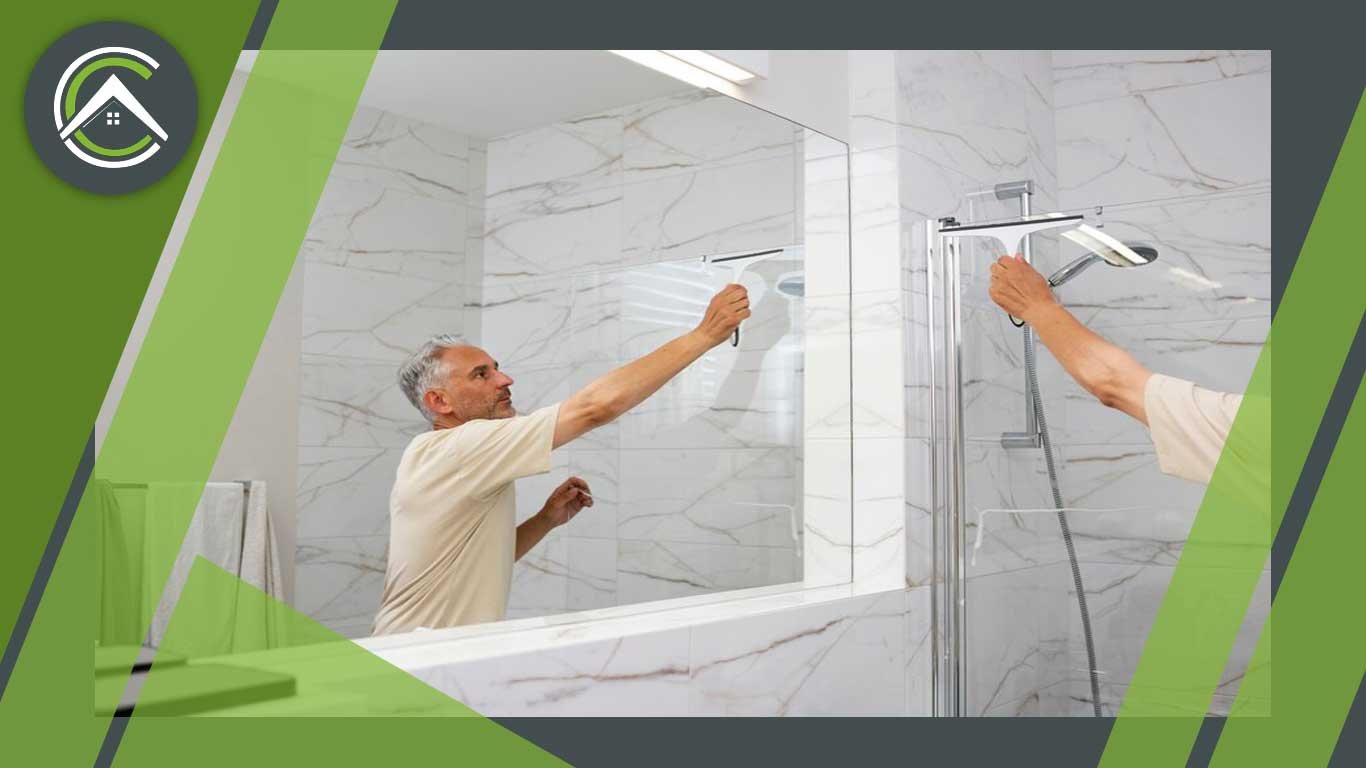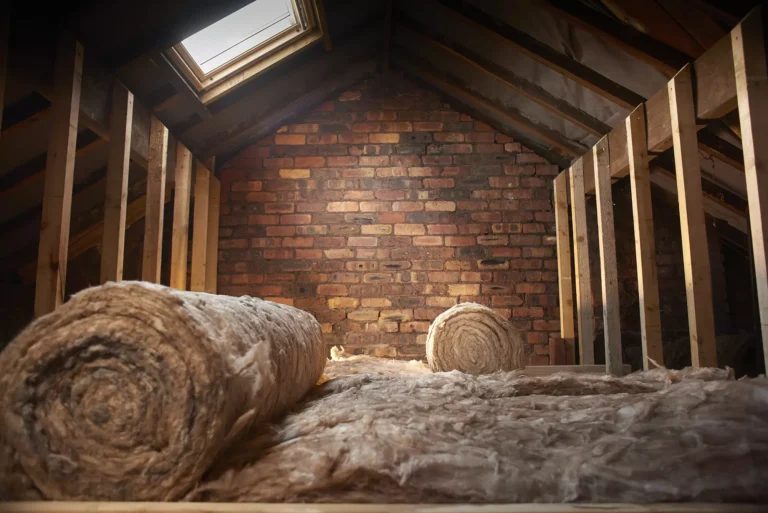Blog
The Complete Guide to Shower Demolition 2024
Are you thinking about remodeling your bathroom and want to know how to take out a shower? If you wish to replace old tiles, get a new shower pan, or redo your bathroom, learning how shower demolition works and how much it will cost is essential. In this detailed guide, we’ll review all the different parts of shower demolition, including the prices, steps, and frequently asked questions. So, let’s roll up our sleeves and dive into the world of shower destruction!
Understanding Shower Demolition
What is Shower Demolition?
Shower demolition is the act of dismantling and removing old shower components to create a blank slate for restoration or replacement. Shower walls, tiles, pans, and fittings must be disassembled carefully and disposed of.
Reasons for Shower Demolition
Shower demolition can be done for a variety of reasons. Among the most common motivations are:
- Renovating outmoded shower designs
- Addressing plumbing difficulties or leaks
- Removing mold or mildew problems
- Creating a more practical and aesthetically pleasant shower space
Shower Demolition Cost
Shower demolition expenses vary depending on a variety of criteria. It is critical to examine these factors when establishing a budget for your project.
Shower Demolition Cost Influencing Factors
The following factors influence shower demolition costs:
- Shower size and complexity
- Shower material (tile, fiberglass, etc.)
- Shower area accessibility
- Demolition method chosen
- Contractor fees and labor charges
Shower Demolition Cost Estimation
Gather numerous quotations from trustworthy contractors to determine the cost of shower demolition. The cost typically ranges from $500 to $2,000, depending on the abovementioned parameters. Discussing your project’s specifics with professionals is critical to acquire reliable estimates.

How To Demo A Bathroom For Remodeling
Bathroom demolition is a crucial stage in remodeling. It entails removing the current fixtures, surfaces, and materials to create a clean slate for the renovation. Here is a step-by-step guide on how to demolish and remodel a bathroom:
Prepare the workspace: Remove mobile things and cover floors with drop cloths or plastic sheets to prepare the area.
Turn off utilities: Turn off the bathroom’s water supply and electricity.
Unplug plumbing fixtures: Disconnect the connections before removing the sink, toilet, bathtub, and shower.
Remove wall coverings: Using proper tools, remove tiles, wallpaper, or paneling.
Demo the walls: Break down the walls cautiously using a sledgehammer, reciprocating saw, or pry bar.
Remove the flooring: Lift and remove tiles, vinyl, or hardwood floors.
Dismantle the shower or bathtub: Disassemble the materials and remove the shower pan or bathtub.
Take out the cabinets and vanities: Remove cabinets and vanities from the walls and think about disposal or repurposing.
Clean up and dispose of debris: Dispose of trash properly according to rules and utilize heavy-duty garbage bags or dumpsters.
Process of Shower Demolition
Shower Demolition Preparation
Adequate planning is required before beginning the shower demolition.
- Turning off the water supply and disconnecting utilities
- Removing shower doors and fixtures
- Using drop cloths or plastic sheets to protect the surrounding regions
Shower Demolition Steps
The whole shower demolition procedure consists of numerous steps:
- Using hammers and chisels to break or remove shower tiles. Working is essential to avoid destroying the underlying structure. Begin by removing the grout around the tiles, then carefully crack and peel the tiles away from the walls and floors using the hammer and chisel.
- After removing the tiles, the shower walls must be dismantled. Depending on the construction, this may entail unscrewing panels, cutting through drywall, or removing any adhesive used to secure the borders. Take care not to harm the surrounding environment throughout this process.
- After finishing the walls, move on to the shower pan. The pan in a tile shower is often built of mortar or cement. Break up the pan with a sledgehammer or pry bar and remove it in chunks. The pan in a fiberglass shower is usually a single component that can be lifted and removed.
- Remove any remaining fixtures like showerheads, faucets, and drain covers. To prevent leaks, carefully disconnect the plumbing connections and cap or seal any exposed pipes.
Demolition Techniques for Different Shower Types
Shower Tile Demolition
The technique outlined above applies when removing a tile shower. However, further precautions must be taken to protect the underlying structure. To reduce accidental damage, utilize proper tools such as a tile saw or oscillating multi-tool.

Fiberglass Shower Demolition
In general, fiberglass showers are easier to remove than tile showers. The pan is frequently a single component that may be lifted and moved. The walls are typically held together with screws or adhesive, making them reasonably easy to remove.
How Much Does It Cost To Demo A Shower Stall?
The cost of removing a shower cubicle can vary based on several variables. These include the size of the shower stall, the materials used in its construction, the difficulty of the demolition process, and the location of the undertaking. Removing a shower cubicle costs between $500 and $2,000.
It is essential to note that this cost estimate is a range that can be affected by particular circumstances. For instance, the cost of demolition may be higher if the shower cubicle is more extensive or intricately designed. Similarly, the price may increase if there are any unique obstacles or requirements for the demolition process, such as the presence of asbestos or the need for specialized equipment.
It is advisable To obtain an accurate cost estimate for your specific shower stall demolition endeavor by consulting with professional contractors or demolition experts. They will evaluate the project’s specifics and provide a more accurate estimate based on the factors mentioned. You can compare prices and select the option that best meets your needs and budget by obtaining multiple estimates.
Conclusion
When upgrading a bathroom or replacing an old shower, shower destruction is a critical phase. Understanding the process, cost aspects, and safety precautions involved is essential for project success. You can ensure a smooth and fast shower demolition that lays the stage for a beautiful and practical new shower room by following the appropriate protocols, using professionals when necessary, and prioritizing safety. Our skilled team at Confirmed Contracting Corp is ready to renovate various services with the highest quality and proficiency.
FAQs (Frequently Asked Questions)
Q1: How long does shower demolition typically take?
A: The duration of shower demolition is determined by several factors, including the size of the shower, the intricacy of the project, and the demolition method used. On average, it can take anywhere from a few hours to a few days.
Q2: Can I reuse any of the materials from the demolished shower?
A: Salvaged items such as fixtures or tiles can be reused or repurposed in some circumstances. Consult with professionals or contractors to see if any items may be recovered or repurposed in your project.
Q3: Are there any alternatives to complete shower demolition?
A: Depending on your current shower’s state and restoration goals, partial demolition or rain resurfacing may be viable options. Consult with experts to determine the best solutions for your specific situation.
Q4: Is a building permit required for shower demolition?
A: The requirements for a building permit vary based on local regulations and the scope of the demolition. Check with your local building authority to determine whether a license is required for your endeavor.
Q5: How can I dispose of the demolished shower materials responsibly?
A: For environmental reasons, the proper disposal of demolition debris is essential. Verify local waste disposal and recycling regulations. Engage in professional waste management services or consult with local authorities for advice on responsible waste disposal techniques.
more insights

Is There Asbestos in Your Loft? What to Know Before Insulation Removal
If your home was built before the 1990s, there’s a chance that your loft insulation could contain asbestos—a hidden danger

Best Heat Pumps for Cold Climates in Canada: Top Picks for 2025
Canadian winters are no joke, and heating your home efficiently is more important than ever. In 2025, cold climate heat

Top 5 Signs Your Basement Needs New Basement Insulation (and What to Do About It)
Your basement plays a huge role in your home’s comfort, energy efficiency, and even air quality—but only if it’s properly